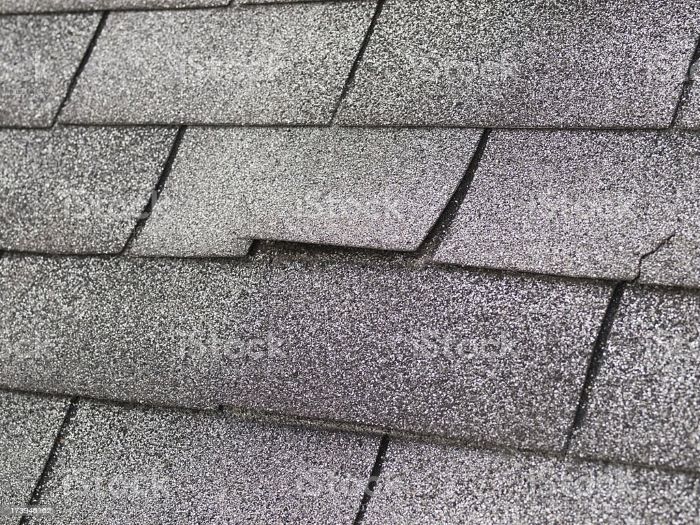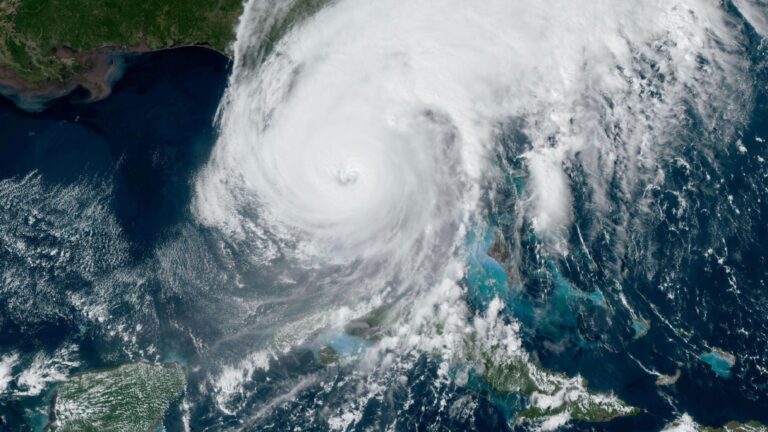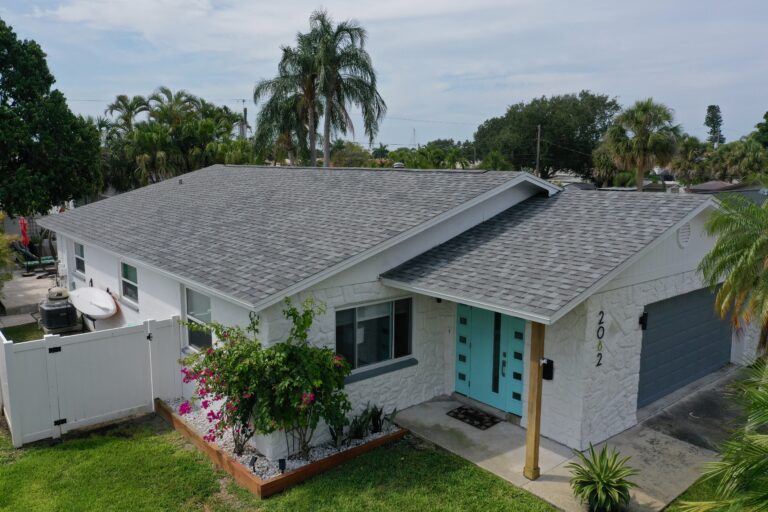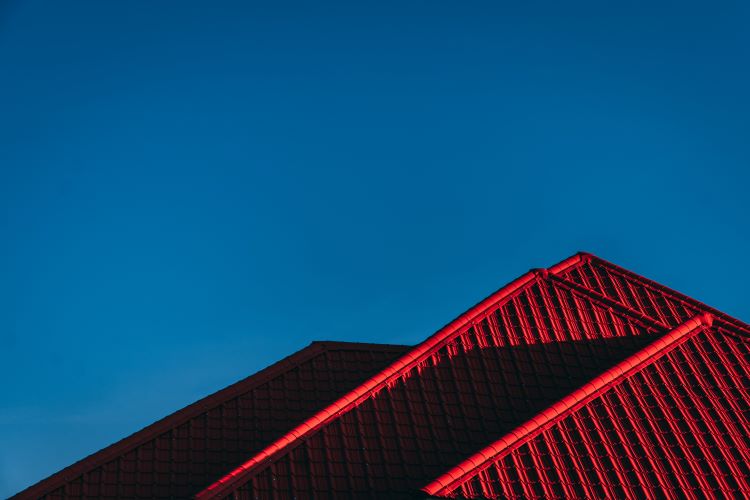Roof Leaks-Understanding Why?

Roof Leaks-Understanding Why?
Introduction : A leaking roof can be a homeowner’s worst nightmare, leading to costly repairs, water damage, and a compromised living environment. This blog aims to shed light on the common causes of roof leaks, helping readers understand the intricate mechanisms that contribute to this issue and the importance of proactive maintenance.
- Age and Wear : Roofs, like any other component of a house, have a limited lifespan. Over time, exposure to the elements can cause roofing materials to deteriorate, leading to cracks, gaps, and weakened integrity. Aging roofs are more prone to leaks due to the gradual breakdown of protective layers, such as shingles or tiles. The effects of age can be exacerbated by harsh weather conditions, including heavy rainfall, hailstorms, and extreme temperatures.
- Damaged or Missing Shingles : Shingles serve as the first line of defense against moisture. When shingles become damaged or go missing, they create vulnerabilities in the roof’s structure, allowing water to seep through. High winds, falling debris, or improper installation can all contribute to shingle damage. Over time, exposure to sunlight can cause shingles to become brittle, crack, or curl, further weakening their protective capabilities. Regular inspection and prompt replacement of damaged shingles are essential to prevent leaks.
- Flashing Issues : Flashing refers to the metal or rubber materials installed in areas where the roof meets other structures, such as chimneys, skylights, or vent pipes. Flashing provides a watertight seal, preventing water from infiltrating vulnerable areas. However, flashing can deteriorate over time, develop cracks, or become dislodged. Poor installation or improper sealing can also compromise its effectiveness. Damaged or improperly installed flashing allows water to penetrate the roof, resulting in leaks.
- Clogged Gutters and Poor Drainage : Gutters play a crucial role in directing water away from the roof and foundation. When gutters become clogged with leaves, debris, or other obstructions, water can accumulate on the roof surface. This standing water can seep under shingles or penetrate through weak spots, causing leaks. Additionally, inadequate roof slope or insufficient drainage systems can lead to water pooling, increasing the risk of leaks. Regular gutter cleaning and proper drainage maintenance are vital in preventing water-related roof issues.
Conclusion : Roof leaks can stem from various causes, ranging from natural wear and tear to installation errors. Understanding these underlying factors can empower homeowners to take proactive measures, such as regular inspections, timely repairs, and proper maintenance, to safeguard their roofs and prevent the potential damages associated with leaks.
By being vigilant and addressing issues promptly, homeowners can extend the lifespan of their roofs and maintain a safe and dry living environment. Remember, prevention is key when it comes to avoiding the headaches and expenses caused by roof leaks.
To learn more about residential roofing, contact us today!





